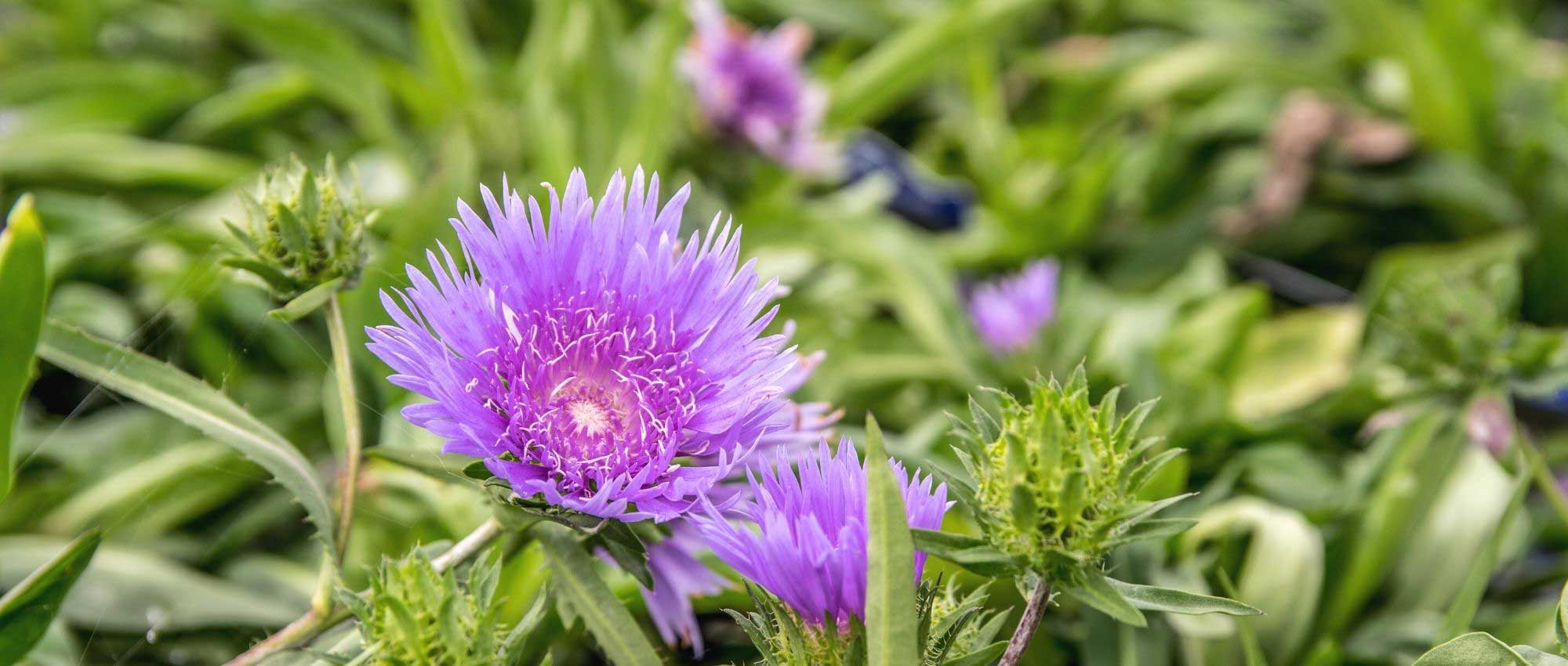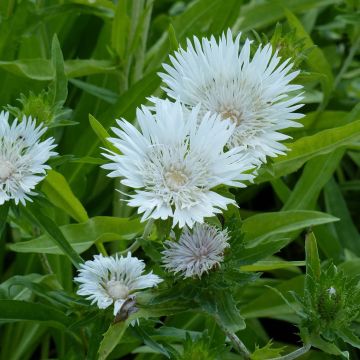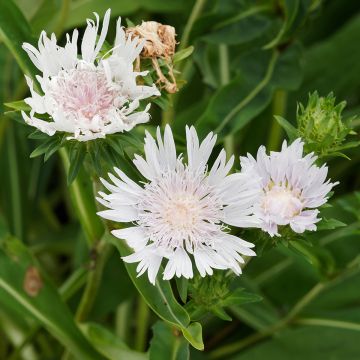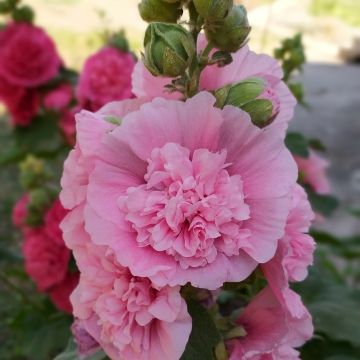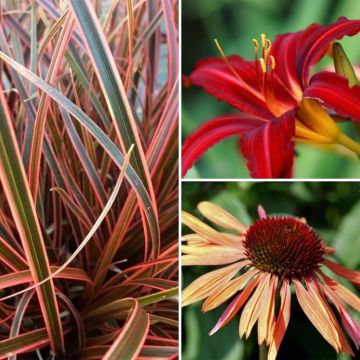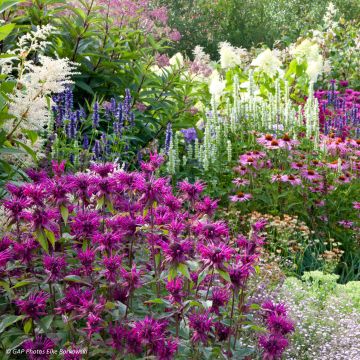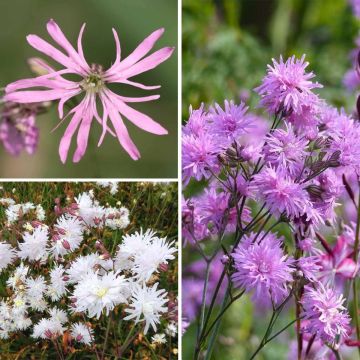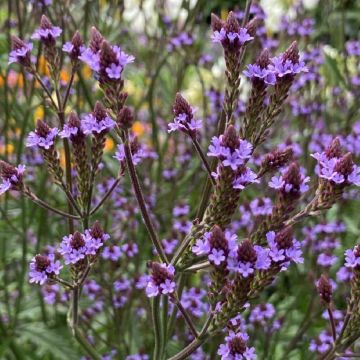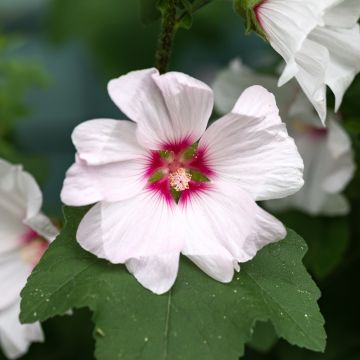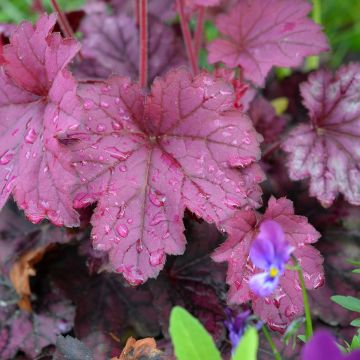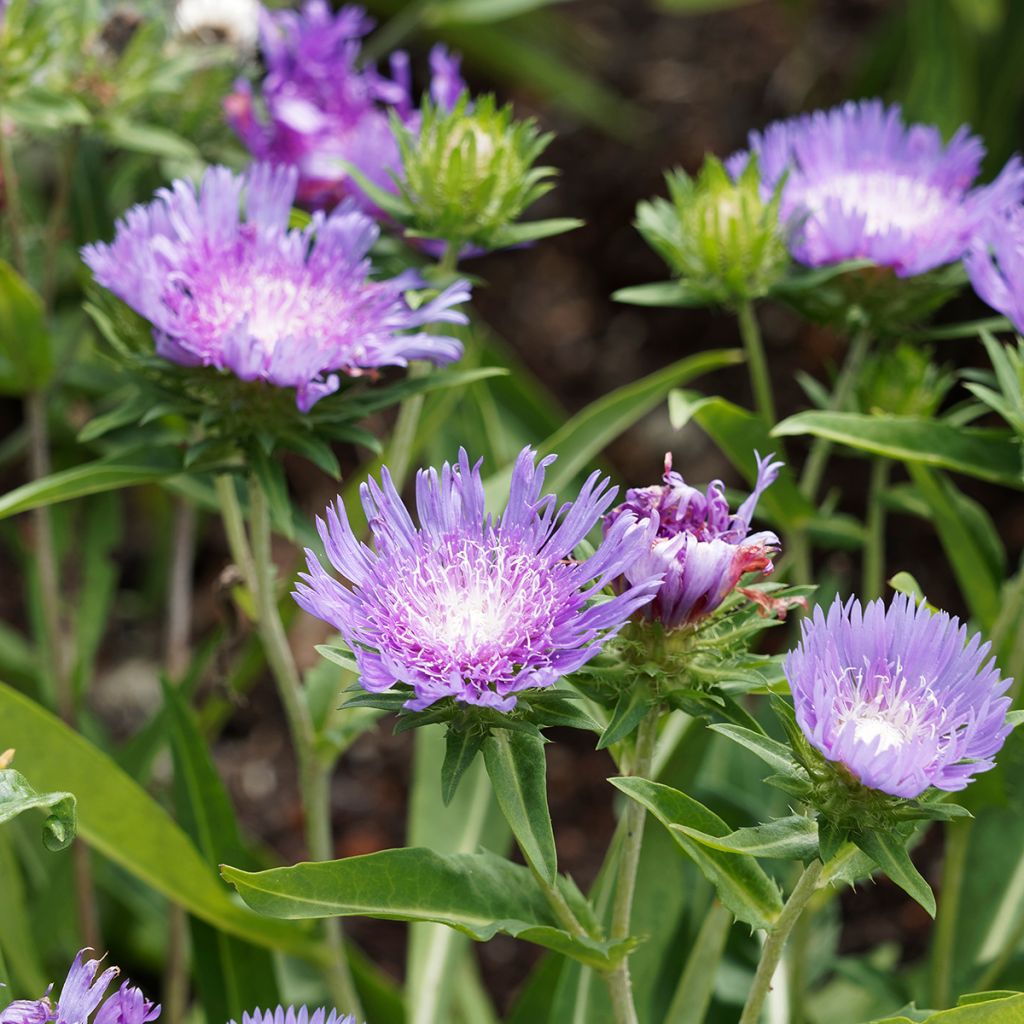

Stokesia laevis Blue Star
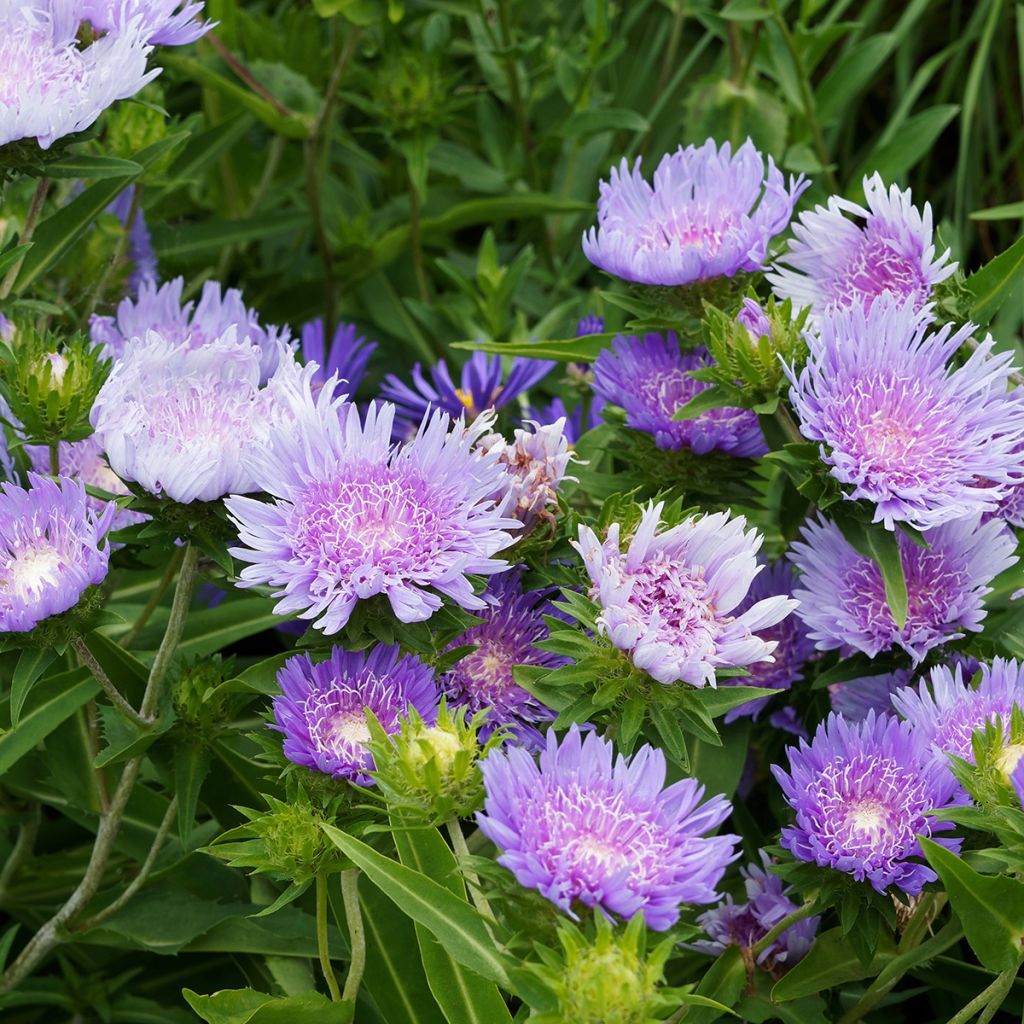

Stokesia laevis Blue Star
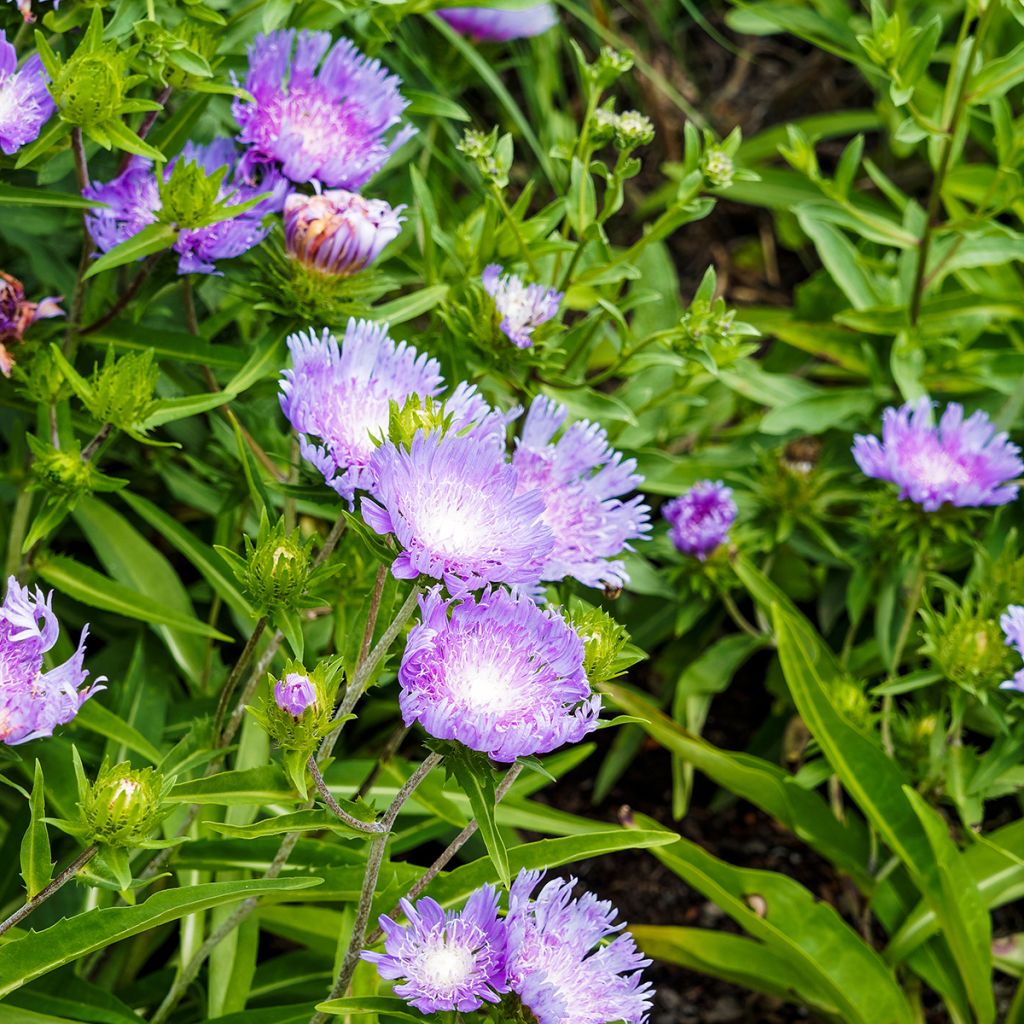

Stokesia laevis Blue Star
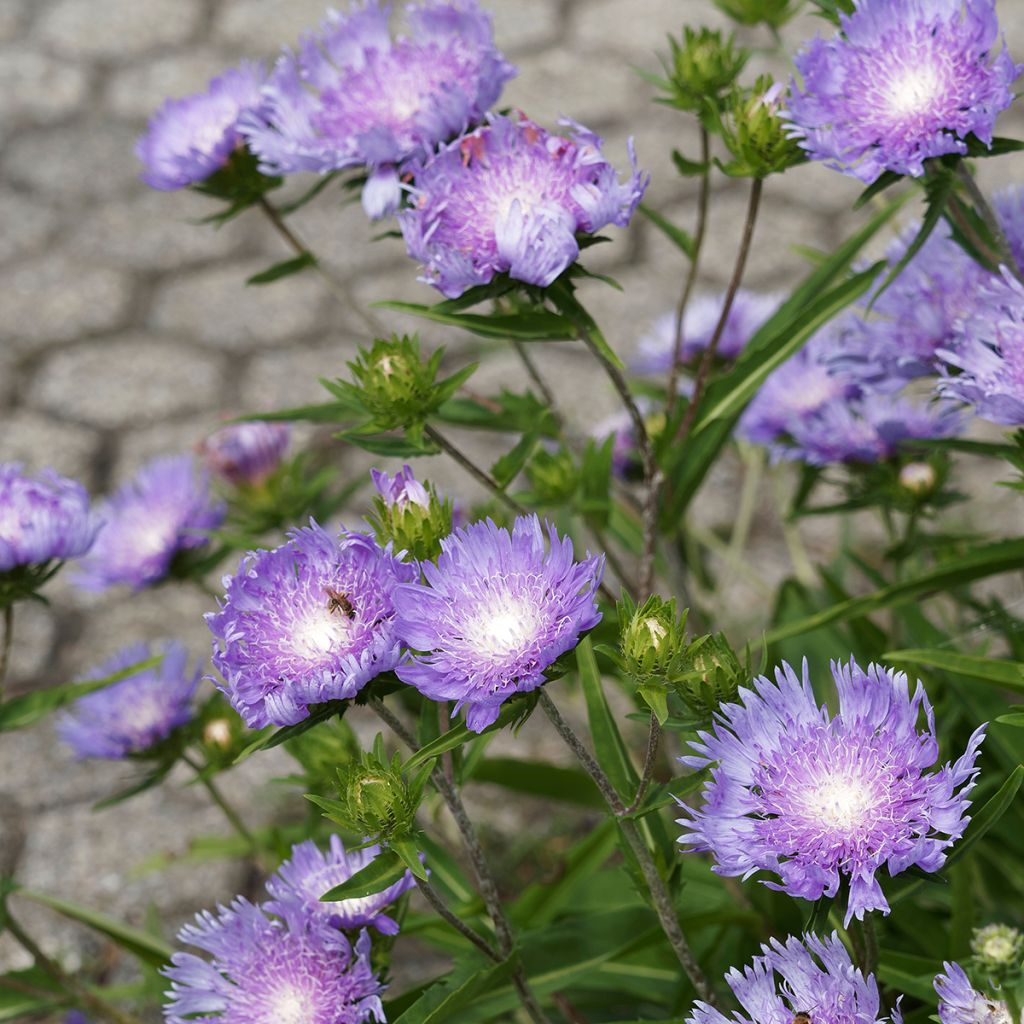

Stokesia laevis Blue Star
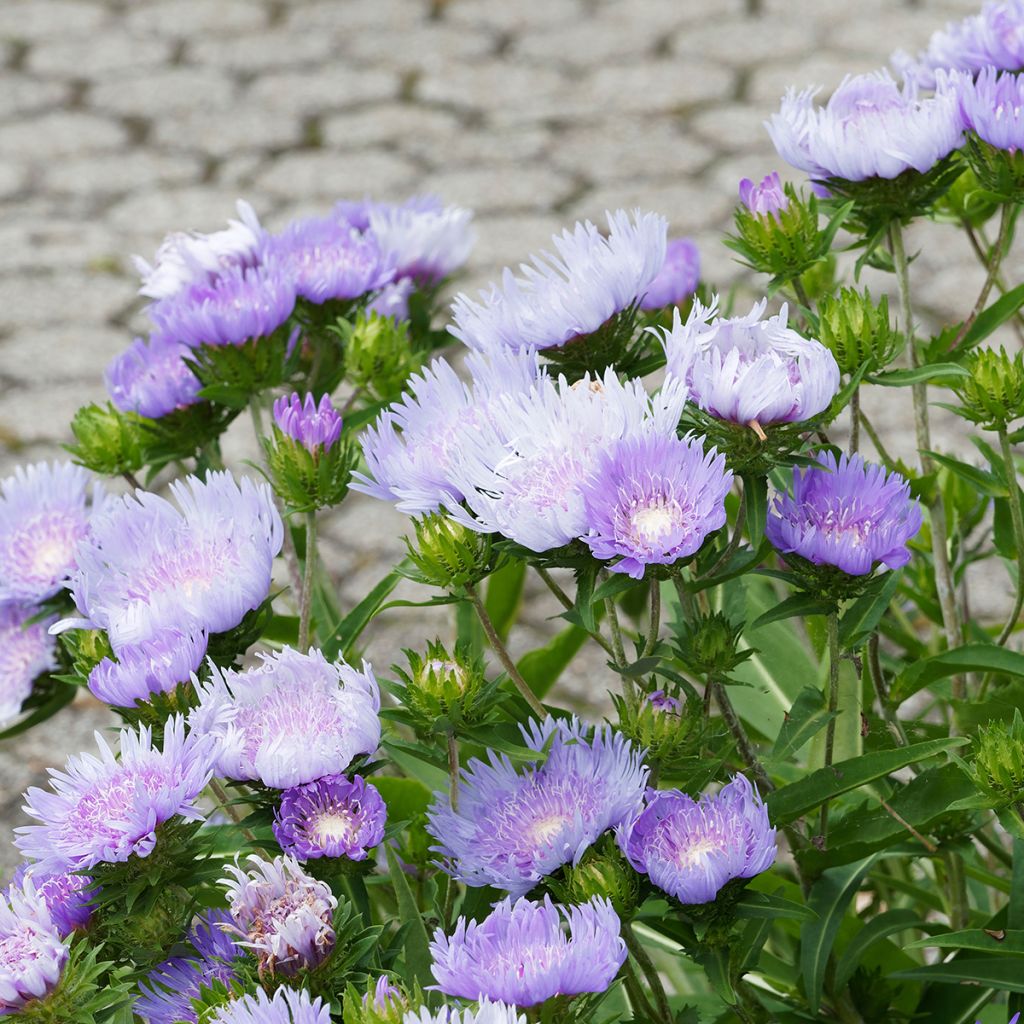

Stokesia laevis Blue Star
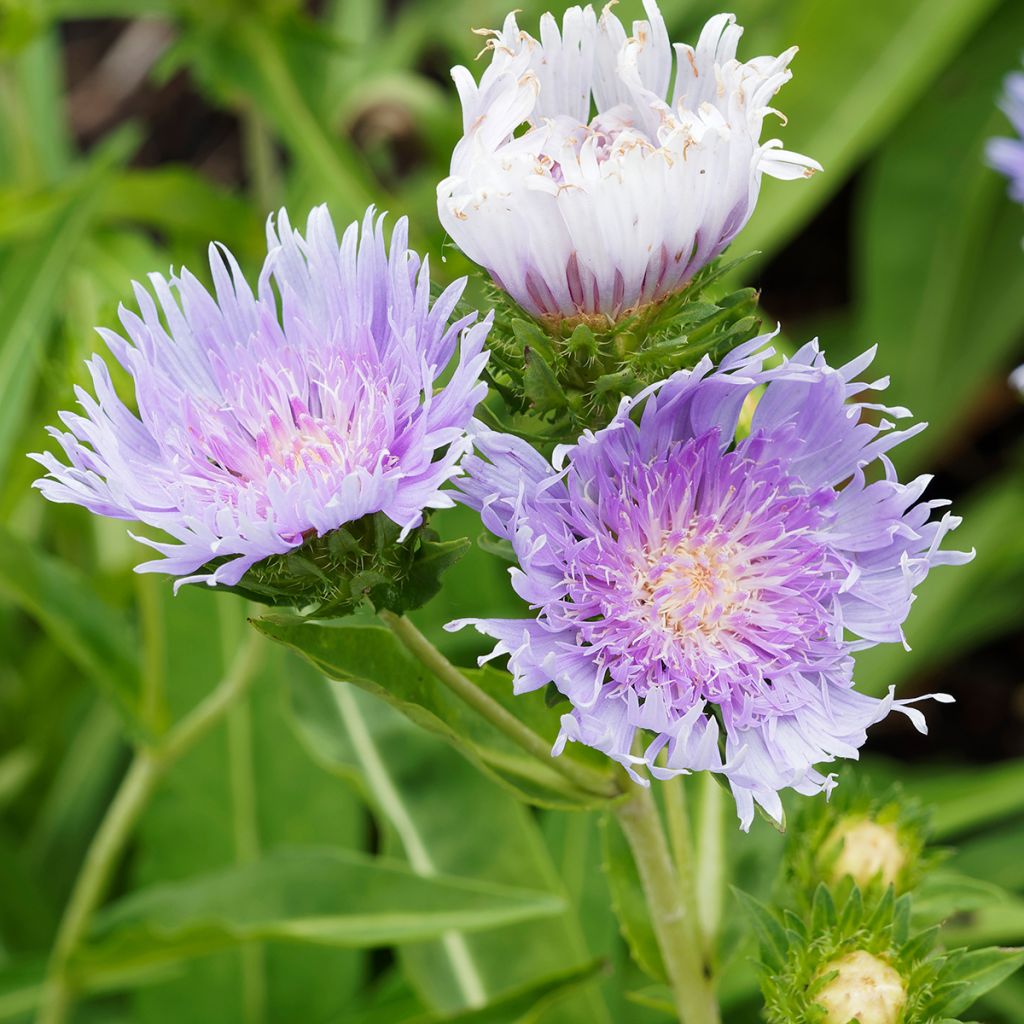

Stokesia laevis Blue Star
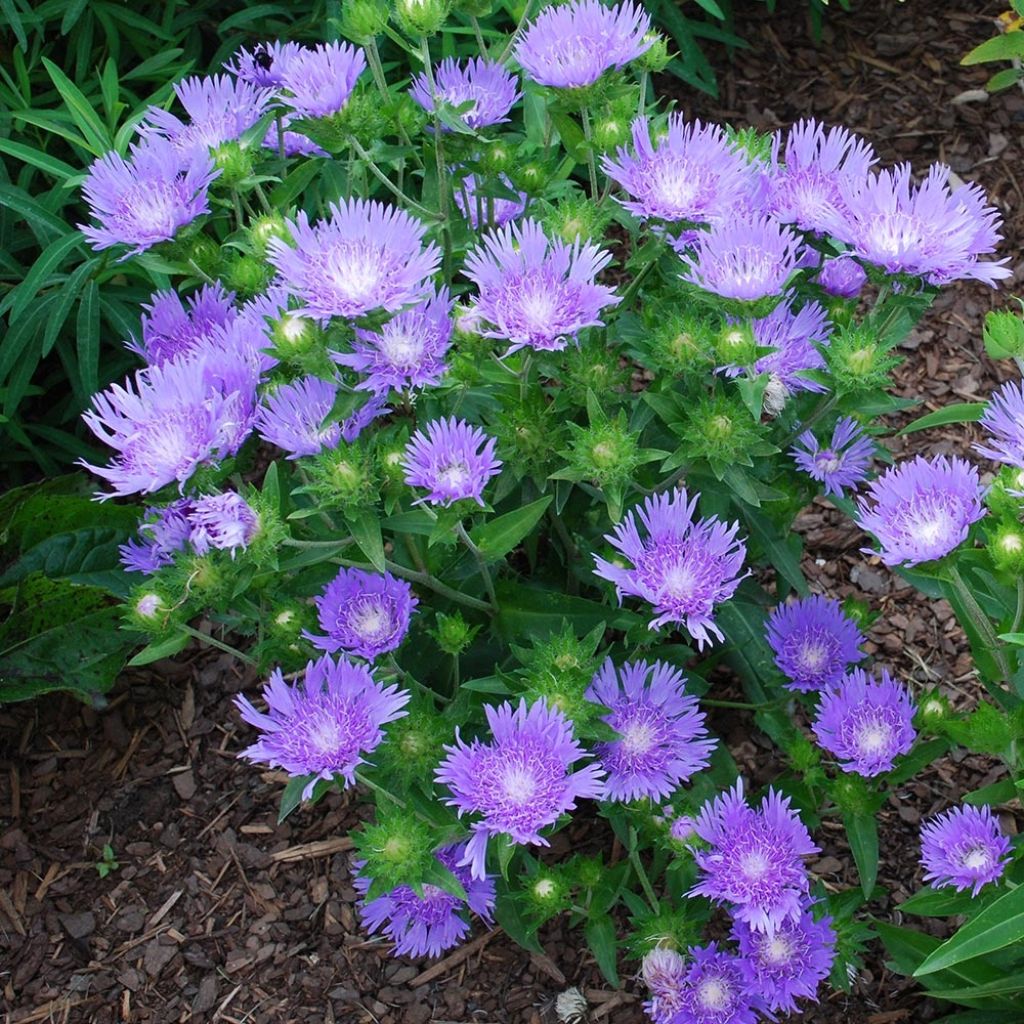

Stokesia laevis Blue Star
View more pictures
Hide images
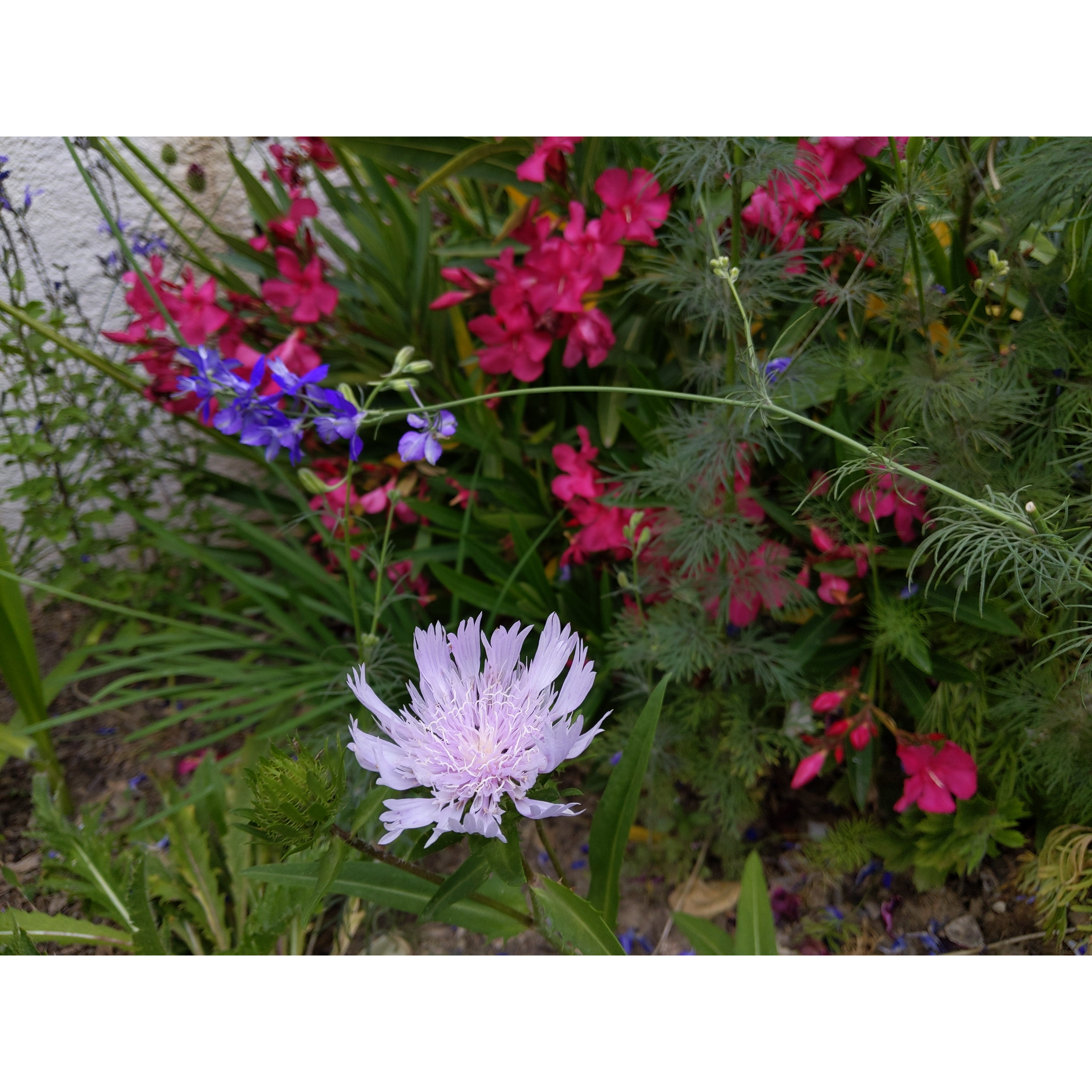
Nelly A.

American Blueberry. First flowering.
Nelly A. • 44 FR
Stokesia laevis Blue Star
Stokesia laevis Blue Star
Stokes' Aster
Out of the three young plants received, one was feeble. I've tried to save it, but I despair of succeeding. However, the other two seem to be doing quite well despite the current lack of sunlight and warmth, and the excessively high humidity.
Joël, 16/05/2023
Special offer!
Receive a €20 voucher for any order over €90 (excluding delivery costs, credit notes, and plastic-free options)!
1- Add your favorite plants to your cart.
2- Once you have reached €90, confirm your order (you can even choose the delivery date!).
3- As soon as your order is shipped, you will receive an email containing your voucher code, valid for 3 months (90 days).
Your voucher is unique and can only be used once, for any order with a minimum value of €20, excluding delivery costs.
Can be combined with other current offers, non-divisible and non-refundable.
Home or relay delivery (depending on size and destination)
Schedule delivery date,
and select date in basket
This plant carries a 12 months recovery warranty
More information
We guarantee the quality of our plants for a full growing cycle, and will replace at our expense any plant that fails to recover under normal climatic and planting conditions.

Would this plant suit my garden?
Set up your Plantfit profile →
Description
Stokesia laevis 'Blue Star' is a variety with large sky-blue flowers with white centres! It is a perennial that forms a rosette of dark green, evergreen, narrowly lanceolate leaves and maintains a neat appearance in the border of the garden. From July to October, numerous erect stems emerge from its tuft, bearing wide heads with strongly laciniate ligules. It performs well in sunny and well-drained gardens, even tolerating drought. It is a very hardy and easy-to-grow perennial, suitable for beginner gardeners and wild gardens.
Stokesia laevis belongs to the asteraceae family. it is native to China and has been naturalised in the southeastern United States for a long time. In the wild, it grows in damp places, pine forests, savannas, and ditches and can withstand temperatures down to -25°C (-13°F). The 'Blue Star' cultivar is an herbaceous perennial that forms a basal rosette of elliptical to lanceolate, 20 cm (8in) long leaves, slightly spiny at the base, with a lighter central vein. The plant grows quite slowly, reaching maturity in three years, forming a spreading clump 60 cm (24in) tall and 45 cm (18in) wide. The erect stems bear smaller, dark and vibrant green leaves, creating a complementary contrast with the flowers, which have a very soft appearance. At their tips, the stems develop numerous, nectar-rich decorative pinkish flower buds from summer to autumn, which will open into 7 to 10 cm (3 to 4in) diameter, fluffy heads, resembling carnations and attract many butterflies. The fringed ligules are sky blue and arranged around a white feathery central disc.
Stokesia laevis Blue Star is a fantastic ornamental plant with a pure and harmonious appearance that resembles wildflowers. Hardy and undemanding in terms of soil quality, it is happy in a sunny corner of the garden. It works well planted in groups with damask flowers and cosmos, in front of summer or autumn aster beds, accompanied by purple black-eyed Susans, shrubby salvias, daylilies, and gauras. It can also be used to create lovely drought-resistant pots and charming bouquets. In a natural-style garden, pair it with grasses such as stipas and fescues.
Stokesia laevis Blue Star in pictures
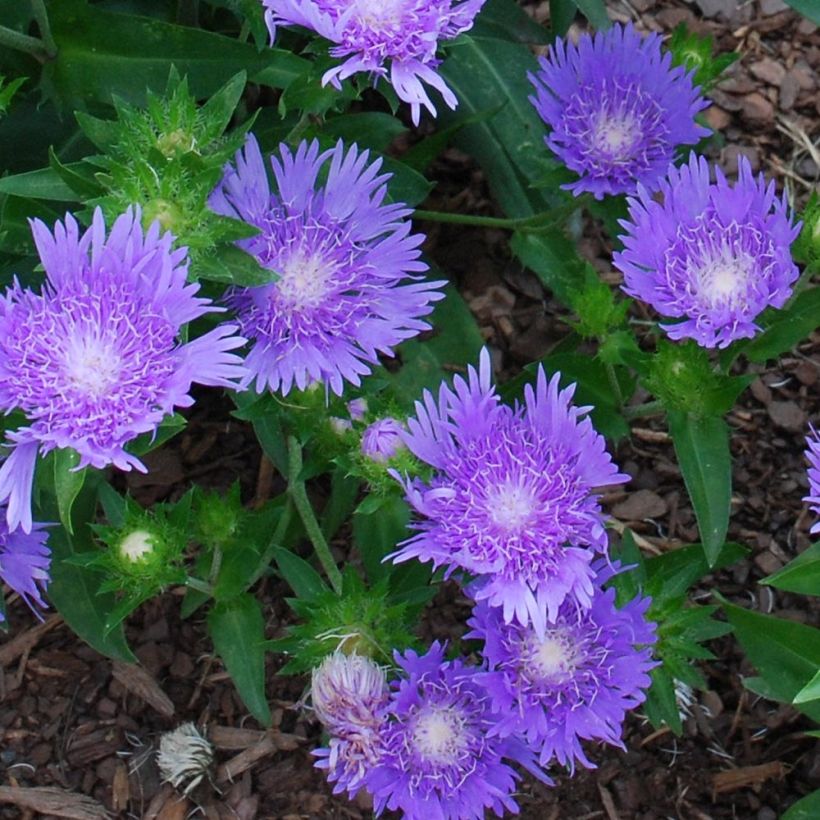



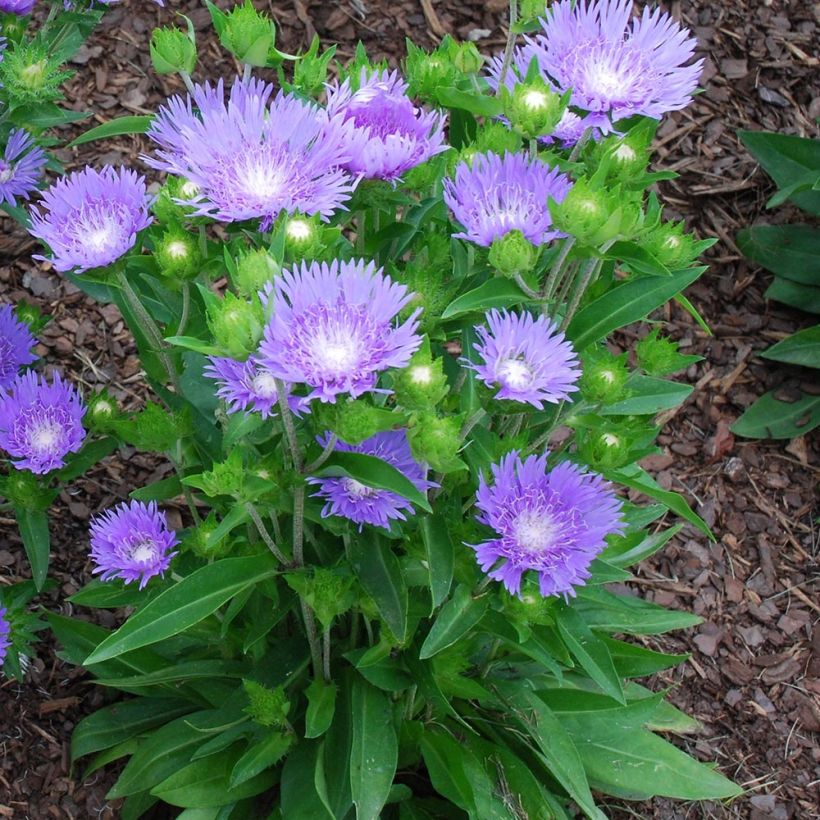

Flowering
Foliage
Plant habit
Botanical data
Stokesia
laevis
Blue Star
Asteraceae
Stokes' Aster
Cultivar or hybrid
Other Stokesia
View all →Planting and care
Stokesia laevis 'Blue Star' is easy to grow in ordinary, well-drained soil, in full sun. However, it will tolerate partial shade. A soil that retains moisture in winter is the main cause of failure. It is essential to add good drainage materials such as coarse sand, gravel or shingle to 30-40 cm (12-16in) deep in clay soil. Even though it likes moist soils, it tolerates drought well. Mulch over winter to protect the crown in the coldest regions. Cut off the faded flowers and regularly remove dried stems to encourage more flowers. This plant is not prone to diseases or pests.
Planting period
Intended location
Care
Planting & care advice
-
, onOrder confirmed
Reply from on Promesse de fleurs
Similar products
Haven't found what you were looking for?
Hardiness is the lowest winter temperature a plant can endure without suffering serious damage or even dying. However, hardiness is affected by location (a sheltered area, such as a patio), protection (winter cover) and soil type (hardiness is improved by well-drained soil).

Photo Sharing Terms & Conditions
In order to encourage gardeners to interact and share their experiences, Promesse de fleurs offers various media enabling content to be uploaded onto its Site - in particular via the ‘Photo sharing’ module.
The User agrees to refrain from:
- Posting any content that is illegal, prejudicial, insulting, racist, inciteful to hatred, revisionist, contrary to public decency, that infringes on privacy or on the privacy rights of third parties, in particular the publicity rights of persons and goods, intellectual property rights, or the right to privacy.
- Submitting content on behalf of a third party;
- Impersonate the identity of a third party and/or publish any personal information about a third party;
In general, the User undertakes to refrain from any unethical behaviour.
All Content (in particular text, comments, files, images, photos, videos, creative works, etc.), which may be subject to property or intellectual property rights, image or other private rights, shall remain the property of the User, subject to the limited rights granted by the terms of the licence granted by Promesse de fleurs as stated below. Users are at liberty to publish or not to publish such Content on the Site, notably via the ‘Photo Sharing’ facility, and accept that this Content shall be made public and freely accessible, notably on the Internet.
Users further acknowledge, undertake to have ,and guarantee that they hold all necessary rights and permissions to publish such material on the Site, in particular with regard to the legislation in force pertaining to any privacy, property, intellectual property, image, or contractual rights, or rights of any other nature. By publishing such Content on the Site, Users acknowledge accepting full liability as publishers of the Content within the meaning of the law, and grant Promesse de fleurs, free of charge, an inclusive, worldwide licence for the said Content for the entire duration of its publication, including all reproduction, representation, up/downloading, displaying, performing, transmission, and storage rights.
Users also grant permission for their name to be linked to the Content and accept that this link may not always be made available.
By engaging in posting material, Users consent to their Content becoming automatically accessible on the Internet, in particular on other sites and/or blogs and/or web pages of the Promesse de fleurs site, including in particular social pages and the Promesse de fleurs catalogue.
Users may secure the removal of entrusted content free of charge by issuing a simple request via our contact form.
The flowering period indicated on our website applies to countries and regions located in USDA zone 8 (France, the United Kingdom, Ireland, the Netherlands, etc.)
It will vary according to where you live:
- In zones 9 to 10 (Italy, Spain, Greece, etc.), flowering will occur about 2 to 4 weeks earlier.
- In zones 6 to 7 (Germany, Poland, Slovenia, and lower mountainous regions), flowering will be delayed by 2 to 3 weeks.
- In zone 5 (Central Europe, Scandinavia), blooming will be delayed by 3 to 5 weeks.
In temperate climates, pruning of spring-flowering shrubs (forsythia, spireas, etc.) should be done just after flowering.
Pruning of summer-flowering shrubs (Indian Lilac, Perovskia, etc.) can be done in winter or spring.
In cold regions as well as with frost-sensitive plants, avoid pruning too early when severe frosts may still occur.
The planting period indicated on our website applies to countries and regions located in USDA zone 8 (France, United Kingdom, Ireland, Netherlands).
It will vary according to where you live:
- In Mediterranean zones (Marseille, Madrid, Milan, etc.), autumn and winter are the best planting periods.
- In continental zones (Strasbourg, Munich, Vienna, etc.), delay planting by 2 to 3 weeks in spring and bring it forward by 2 to 4 weeks in autumn.
- In mountainous regions (the Alps, Pyrenees, Carpathians, etc.), it is best to plant in late spring (May-June) or late summer (August-September).
The harvesting period indicated on our website applies to countries and regions in USDA zone 8 (France, England, Ireland, the Netherlands).
In colder areas (Scandinavia, Poland, Austria...) fruit and vegetable harvests are likely to be delayed by 3-4 weeks.
In warmer areas (Italy, Spain, Greece, etc.), harvesting will probably take place earlier, depending on weather conditions.
The sowing periods indicated on our website apply to countries and regions within USDA Zone 8 (France, UK, Ireland, Netherlands).
In colder areas (Scandinavia, Poland, Austria...), delay any outdoor sowing by 3-4 weeks, or sow under glass.
In warmer climes (Italy, Spain, Greece, etc.), bring outdoor sowing forward by a few weeks.






























